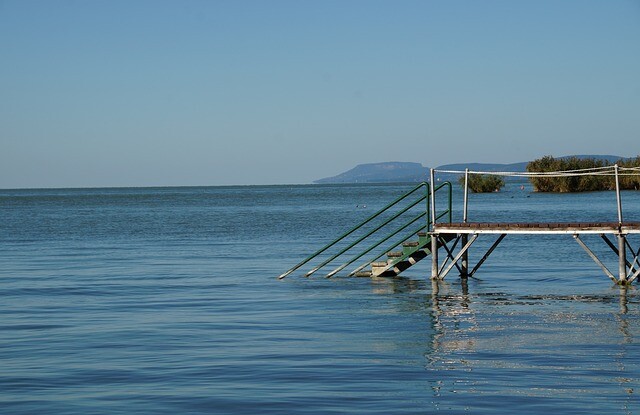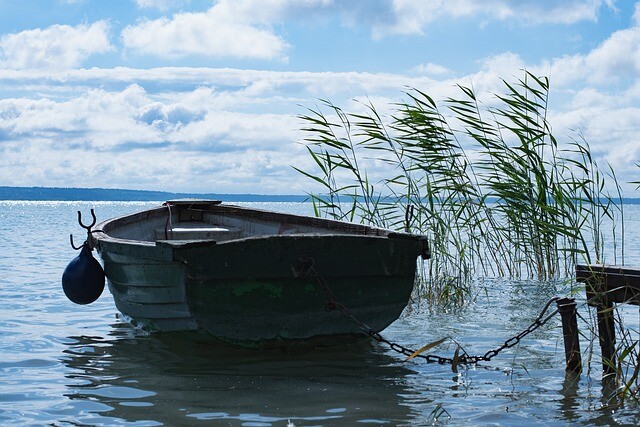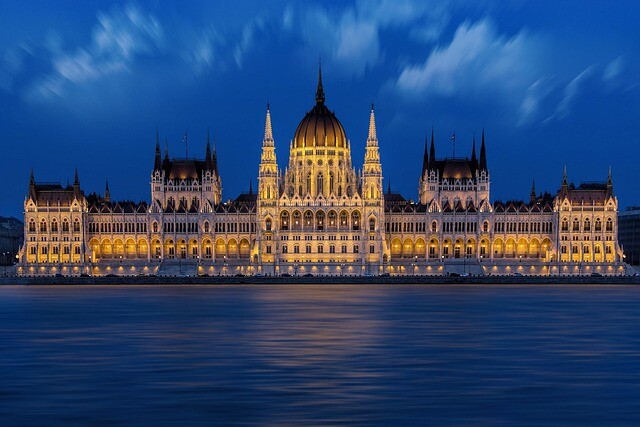Look different to Lake Balaton!
The majority of Hungarians decide in the summer to spend a part of their vacation at the Hungarian Sea, ie at Lake Balaton. Lake Balaton is a popular destination among foreigners.
The easy-to-warm shallow lake, one of Hungary's most visited places, is the largest lake in Hungary. The view of the lake is also fascinating, but the surrounding landscape undoubtedly belongs to the beauty of the environment. The northern shore of the Bakony Forest provides the view that is often visited by tourists, and the southern shore is more popular because the shallow water quickly warms up and becomes suitable for bathing.

The word Balaton brings us to mind the summers. Those who do not live in the settlements around the lake are likely to visit the area only in a part of the year, perhaps just by the lake.
Lake Balaton is not just a place for holidays, pleasant bathing. Beyond the lake wildlife and the water used for bathing in the summer, you can hide much more. The water level of the largest lake in Hungary has always changed, and there was a time when Lake Balaton did not flood as much as it is now. Areas that were once inhabited by humans could have fallen under water. And where the man was settled, he certainly left some material evidence.
Archaeologists have long believed that the lake can be hiding other treasures beyond the aquatic life. The assumptions are based on data that can be read in books and studies, but there was never enough money for archaeological research. Diving scientists have already tried to find out what the water of Lake Balaton is, and at that time they found object remnants of buildings, road sections, which clarify that the area covered by the water was not always under water.
Written mention has already been made of XIII. In the 19th century a settlement near the Tihany Peninsula. The village of Losta, which was on an island.

Lake Balaton is likely to contain incredible values and historical artifacts, but its mapping and unraveling is very difficult because thick sludge deposits have been deposited on the treasures.
Archaeological excavations are hampered by the material side of sludge and exploration, but by exploring the past, we could not only get a picture of our history, but also how the climate was centuries ago.
Some of the tangible finds of certain excavations or certain areas of the excavation could be made more attractive by the Balaton (although there is something to admire).
For more details, please visit our Facebook page!
(Source: marmalade.co.uk <br> pixabay.com)





















